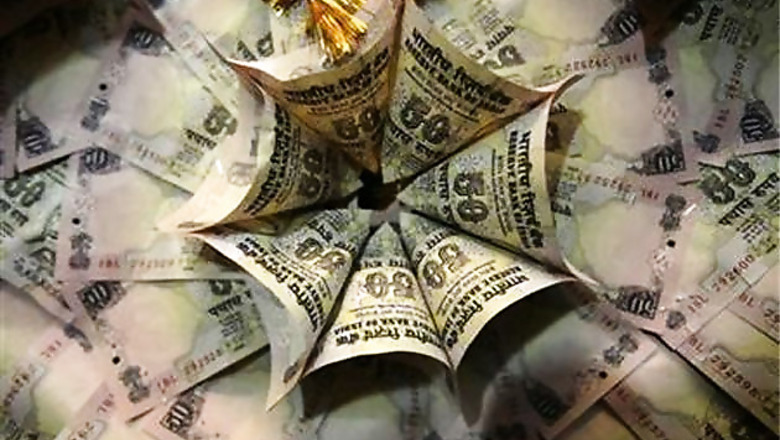
views
Mumbai: The state of India's fiscal condition is giving policy makers and citizens sleepless nights. But Jonathan Anderson of Emerging Advisors Group feels the concerns may be exaggerated.
The Indian economy is not on the verge of collapse as the media, economists and market experts make it out to be, he says in his report 'The seven great myths of an Indian collapse'.
"Nobody's seriously looking for Asian crisis-style turmoil in Delhi and Mumbai – but it's there nonetheless, with a profound sense of "game over" malaise among investors to the point where you start to hear, well, all kinds of nonsense about the Indian economy. Which doesn't really make us big FX or equity bulls at today's prices, but at the margin we would be tactical buyers on improving news flow," Anderson writes. Check out the slideshow on why Anderson is not as bearish on India like most global investors.
Myth 1: The credit bubble
In terms of peak five-year increase in the overall domestic credit/GDP ratio across emerging market (EM) economies, India sits near the bottom of the pack, far removed from the "true-blue" credit bubble countries in eastern Europe.
In terms of peak cumulative change in aggregate loan/deposit ratios (defined as total domestic credit divided by broad money liabilities), India is simply light-years away from the kind of numbers that normally point to trouble.
Myth 2: The investment collapse
India does have a slowing economy, and real investment spending has shrunk. Still, India is investing between 30 per cent and 35 per cent of its GDP – the second highest investment ratio in the emerging universe, after China. No collapse in domestic savings either.
Myth 3: Disappearing growth
If you look at the investment and production figures on a sequential rather than a y/y basis, you will find that levels have already recovered visibly over the past few months, even if we are not talking about a massive recovery here.
Myth 4: Out-of-control-inflation
India's CPI-based inflation situation is far worse compared to other emerging markets. But in terms of GDP Deflator* inflation, there's virtually no disparity at all between Indian inflation and the emerging market average. Part of the reason why GDP deflator inflation run a couple of percentage points higher than CPI inflation in most EM countries, but a couple of percentage points lower in India, could be the poor shape of Indian CPI statistics. We're not saying "don't watch CPI" – after all, the RBI certainly does, but what we are saying is that there are better measures of price pressures in the economy that don't tell nearly as onerous a story.
*GDP Deflator: (nominal GDP divided by real GDP) multiplied by 100
Myth 5: Cost of capital crunch
While RBI has had to adjust reserve requirements to ensure continued liquidity in the system, that's about it. While short-term rates have been rising as a result of policy rate hikes, long term funding rates have been unchanged in the last couple of years.
Myth 6: Mountain of dollar borrowing
The oft-heard fear that Indian corporates and banks are "loaded to the gills" with foreign borrowing and are now facing a severe repayment crunch, is overdone. Look at where India sits on the chart compared to other EM countries. Enough said.
Myth 7: Rupee sell-off
There was no "rupee" sell-off last year. Rather, there was a sell-off across all high-yield currencies like the Mexican peso, the Brazilian real, the Hungarian forint, the Polish zloty, the South African rand. The rupee fared almost exactly the same as its comparator basket.
####See:
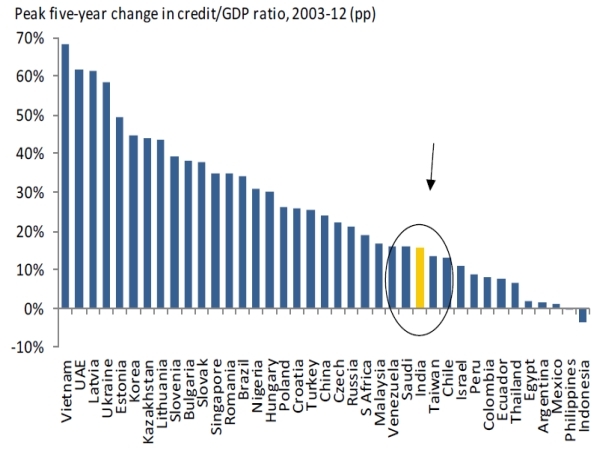
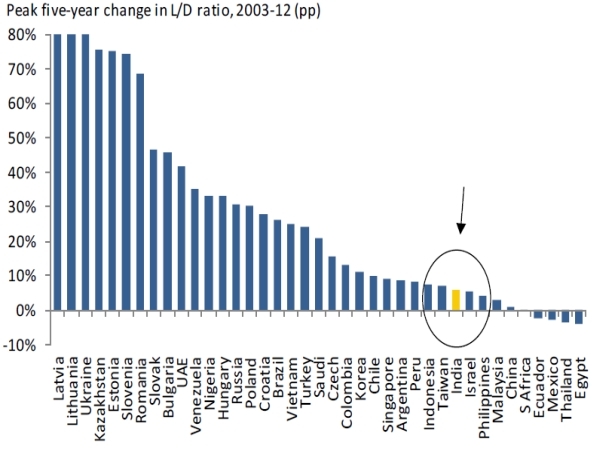
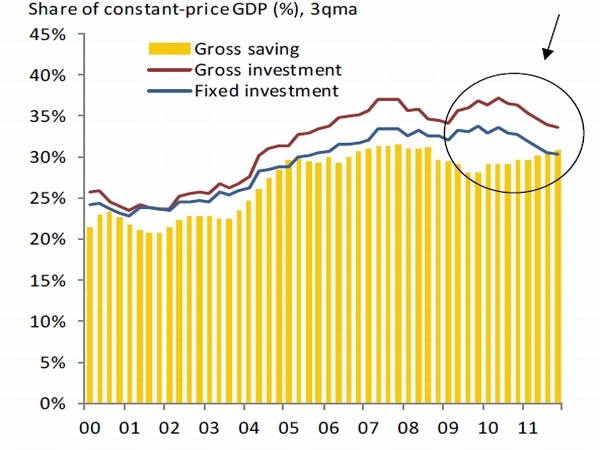
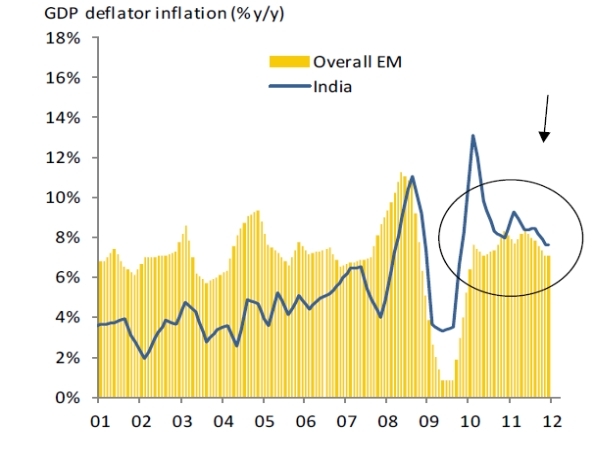
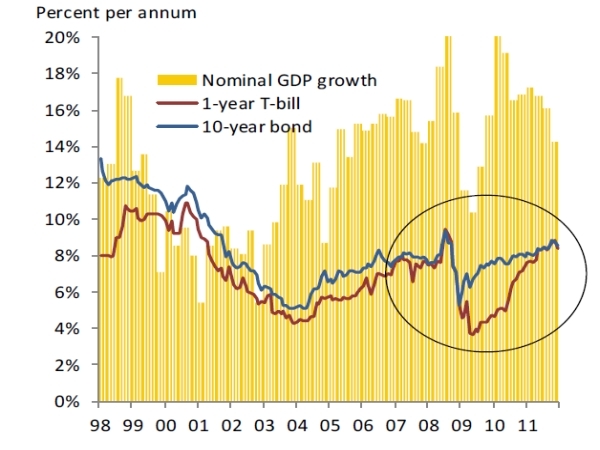
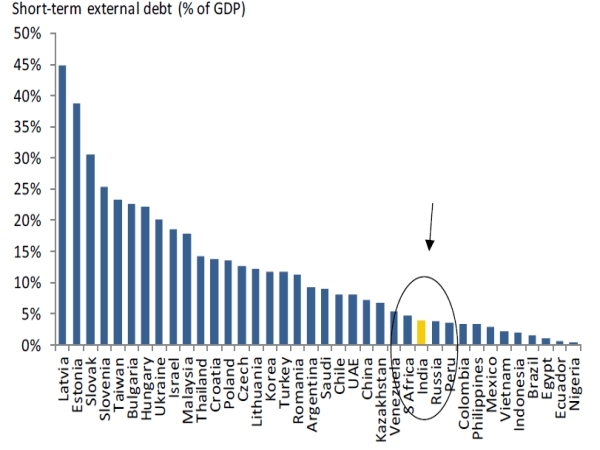
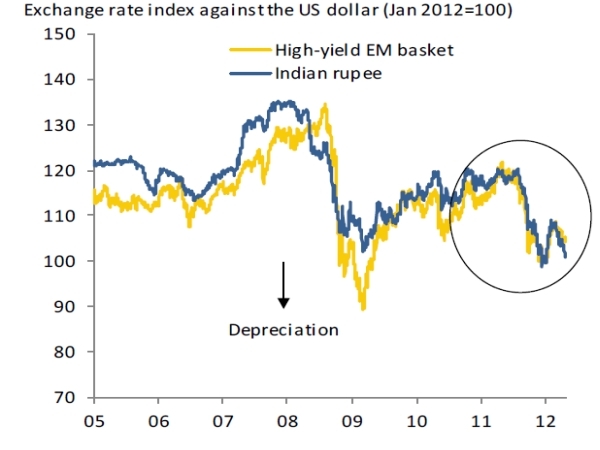
















Comments
0 comment